TIME asked leading designers, entrepreneurs, architects and other big thinkers to share their great hope for American infrastructure. They came back with plans for today — and moonshots for tomorrow.
Kate Ascher

Instead of a quasi-privatized, super-efficient national rail network, we have an unreliable patchwork system that defeats the federal government’s anemic attempts to revive it and forces Americans onto congested, heavily subsidized highways. If we can send humans to the moon, how come we can’t make trains run as fast or as punctually as Japan?
Ascher is the author of The Works: Anatomy of a City
Michael Bloomberg
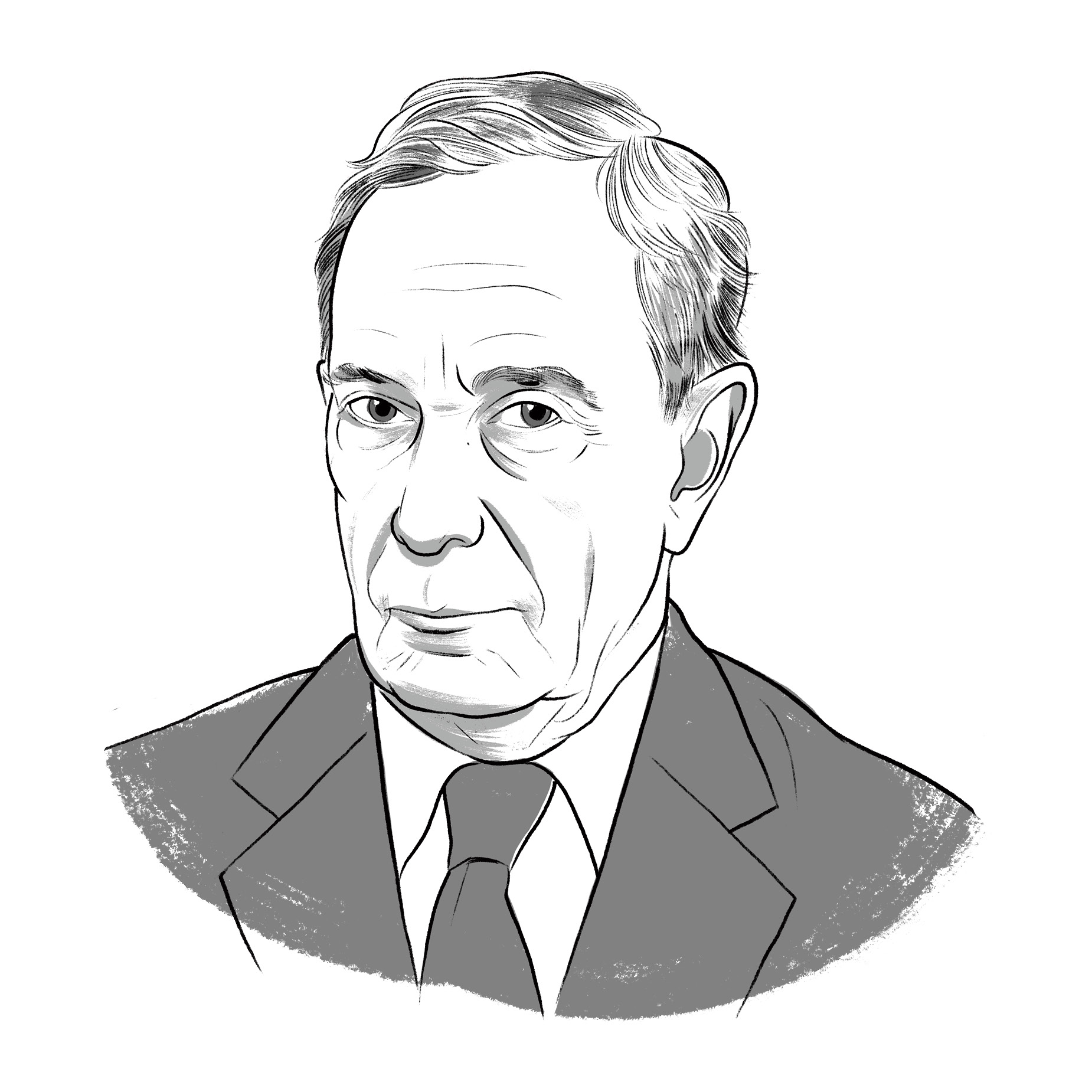
The boldest idea in infrastructure is also the oldest: bipartisanship. For generations, Democrats and Republicans supported transformative projects, from great canals and dams to the transcontinental railroad and the interstate highway system. But for over a decade, bipartisanship has been missing from Washington—and our economy is paying the price.
Bloomberg, CEO of Bloomberg LP, is the former mayor of New York City
T. Boone Pickens
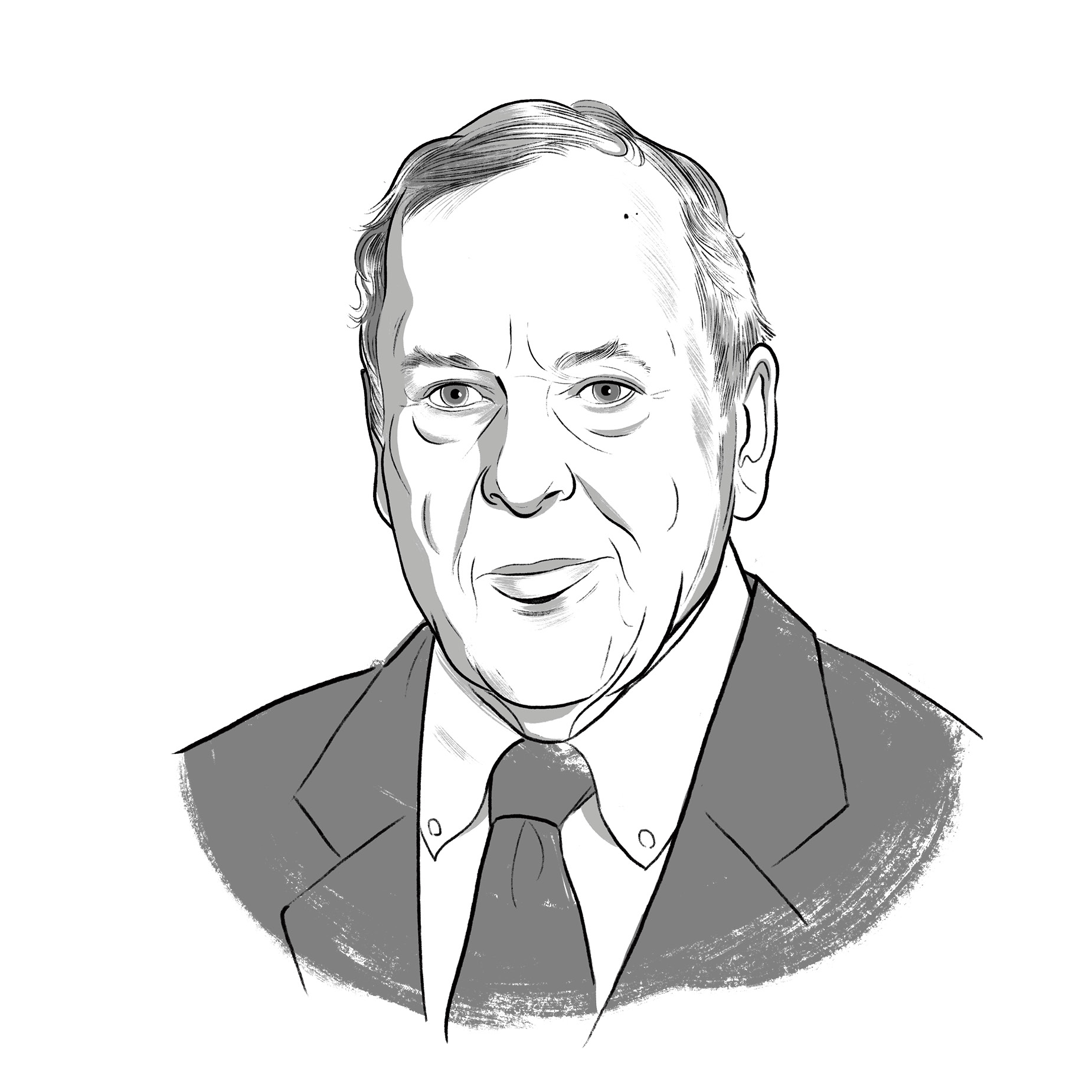
We have to fundamentally rethink how we look at transportation in this country. And a key governmental objective should be the implementation of programs and policies that advance the use of domestic natural gas in place of foreign oil in our heavy-duty truck arena. Natural gas is cleaner. It’s cheaper. And it’s ours.
Pickens is founder and chairman of BP Capital
Steve Case

Building high-speed fiber networks nationwide will not only democratize Internet access, bringing affordable connections to rural and underserved areas, but also foster the economic development of cities and unleash enormous innovation. Faster Internet speeds and capacity will give engineers and entrepreneurs in cities across the country—not just in Silicon Valley and New York City—the edge they need to solve real-world problems and compete in the global economy.
Case, a co-founder of AOL, is the CEO of Revolution
Dan Doctoroff
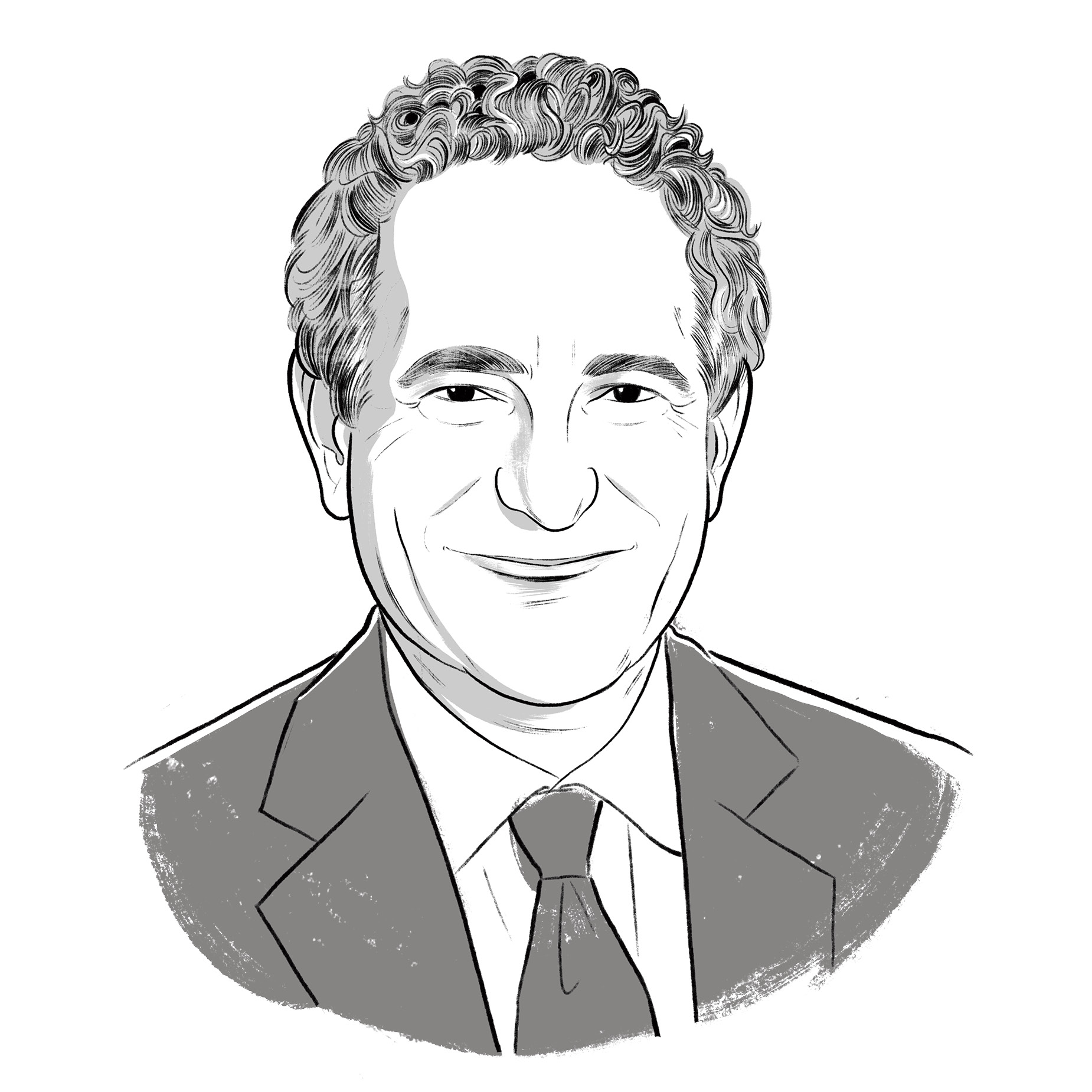
Advances in autonomous vehicles, ubiquitous connectivity, construction and clean energy have the potential to make cities more affordable and sustainable. To accelerate these innovations, we should create an urban district as a living laboratory to improve quality of life. The district would offer a vision for other cities to follow, and a foundation for people to build on.
Doctoroff is the CEO of Sidewalk Labs
Thomas Heatherwick

At my studio we try to design at whatever scale is necessary to solve a problem. The question is how you can radically improve something for which society has unbelievably low expectations. So, dream project? Giving some unexpected love to America’s next public school, hospital, nursing home, subway or even prison.
Heatherwick is a British designer
Geraldine Knatz
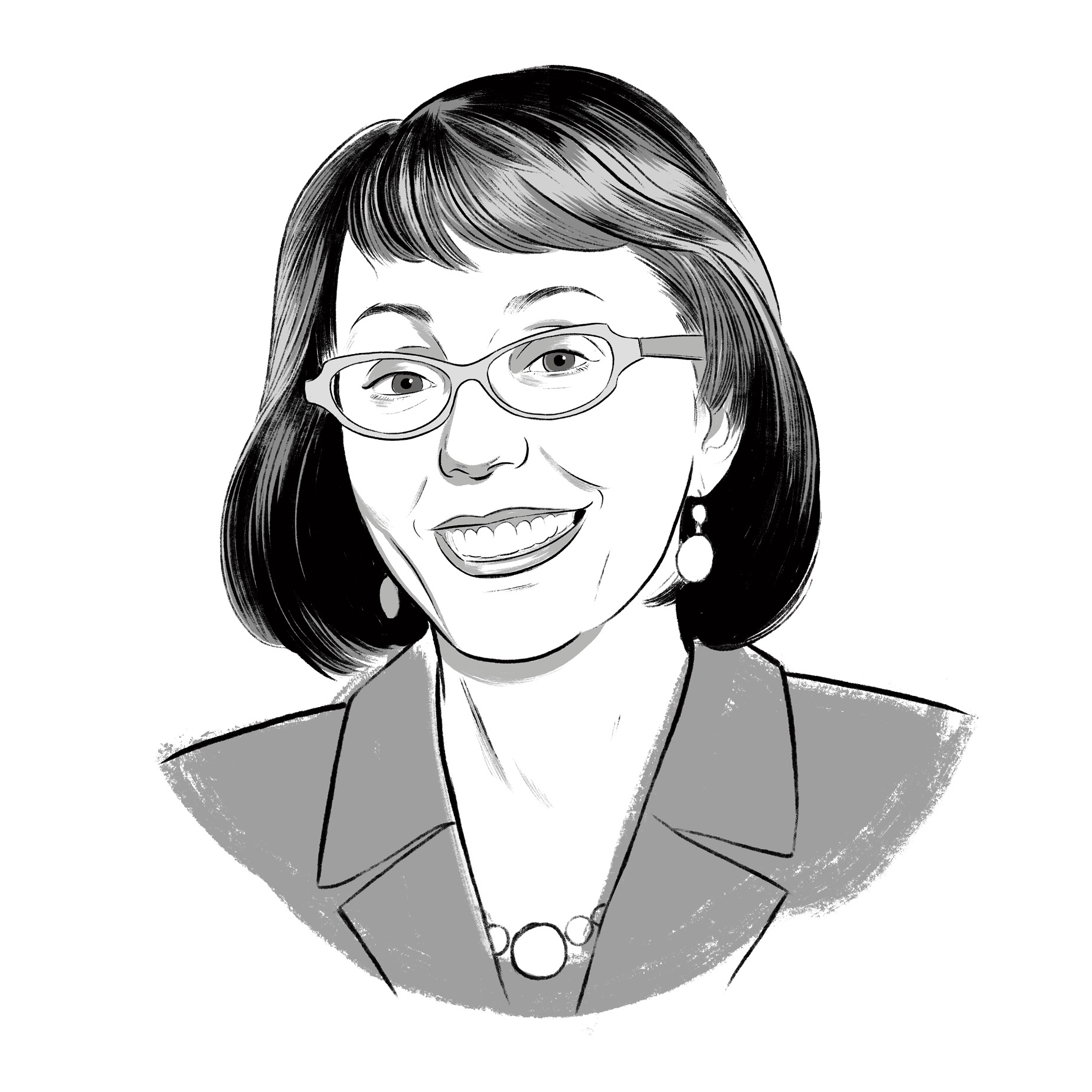
Underwater substructural improvements aren’t very sexy. But renovating the first pier constructed in the Port of Los Angeles (over 100 years ago) would be a game changer for the surrounding neighborhoods. As the shipping industry consolidates, ports across the country need to create new kinds of work.
Knatz ran the Port of Los Angeles from 2006 to 2014
Maya Lin
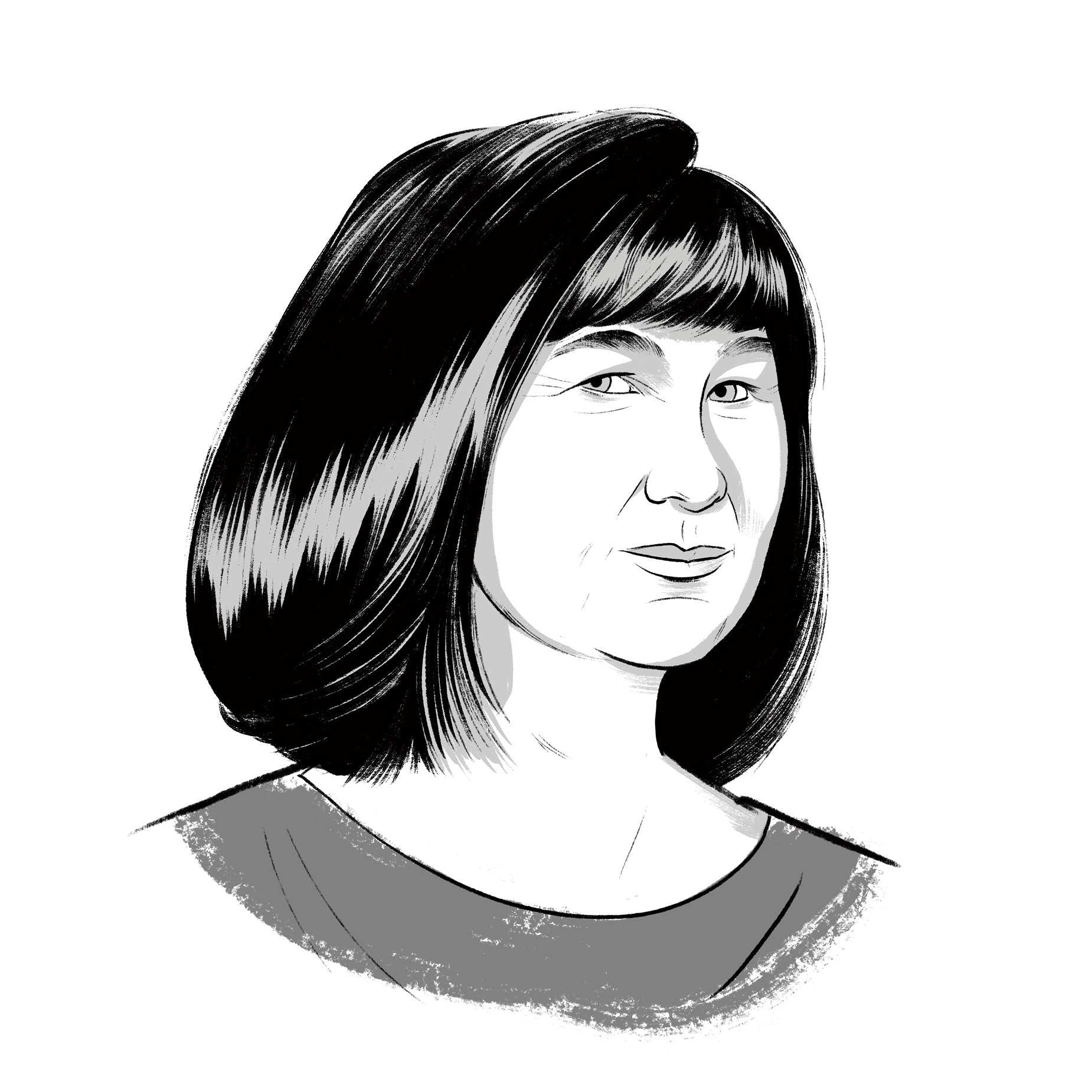
My dream project is to rethink what a landfill could be. If you recycled all that you could––and made sure nothing toxic was allowed in––you could recoup billions in resources and make the most beautiful landscaped earthworks.
Lin is a designer, an architect and an environmentalist
Joseph P. Riley

Revamp infrastructure development as we know it because communities are changing faster than ever. Everyone from hardworking engineers to community planners to our elected leaders must work across their disciplines to make investments that consider future risk and leverage the power of mother-nature by deploying nature-based solutions alongside the built environment. For example, wetlands support wildlife habitats and act as important buffers to preserve life and property during tropical storms, providing billions of dollars in storm protection. Unfortunately the U.S. lost more than 360,000 acres of wetlands in coastal watersheds from 2004 to 2009. Strengthening coastal ecosystems like salt marshes, wetlands and mangroves by protecting existing natural areas and restoring degraded habitat is particularly beneficial to vulnerable communities. These projects can bring economic and human benefits that are long-lasting and create more livable and prepared communities.
Riley, a professor at The Citadel, was mayor of Charleston, S.C. from 1975-2016
David Rockwell
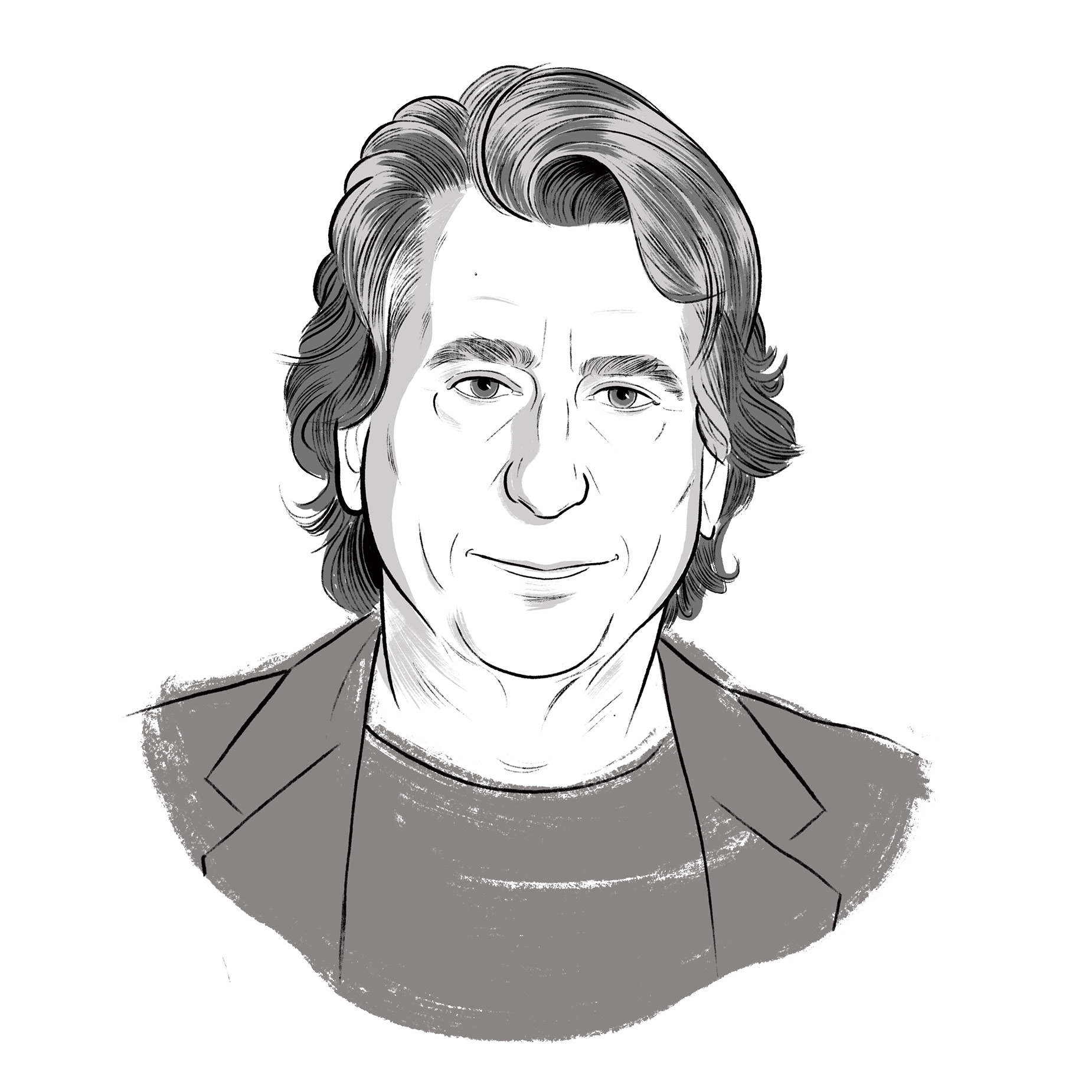
Many cities and towns have abandoned factories, railways and even malls that can be brought back to life with visionary ideas that create new, mixed uses for offices, schools, business incubators, theaters and even housing. This could transform sites that were meant for only one use into places that blend commerce and culture in exciting new ways.
Rockwell is an architect and a designer
Stephen Ross

Too many regions have increasingly antiquated—even nonexistent—transit. America needs high-speed rail connecting regional centers, as well as reliable metro systems that reduce traffic on clogged roadways and improve urban living. And by reducing barriers to employment, efficient and convenient regional transit can stimulate economic opportunity.
Ross is chairman and founder of Related Companies
Sarah Rosen Wartell
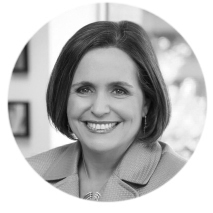
Intermodal hubs — like Denver’s Union Station — that allow people to transfer from rail to light rail, bus, car and, in effect, to economic opportunity. This will allow them to get more quickly to what it takes to get ahead: school, jobs, childcare and healthcare.
Wartell is president of the Urban Institute
Bob Weis
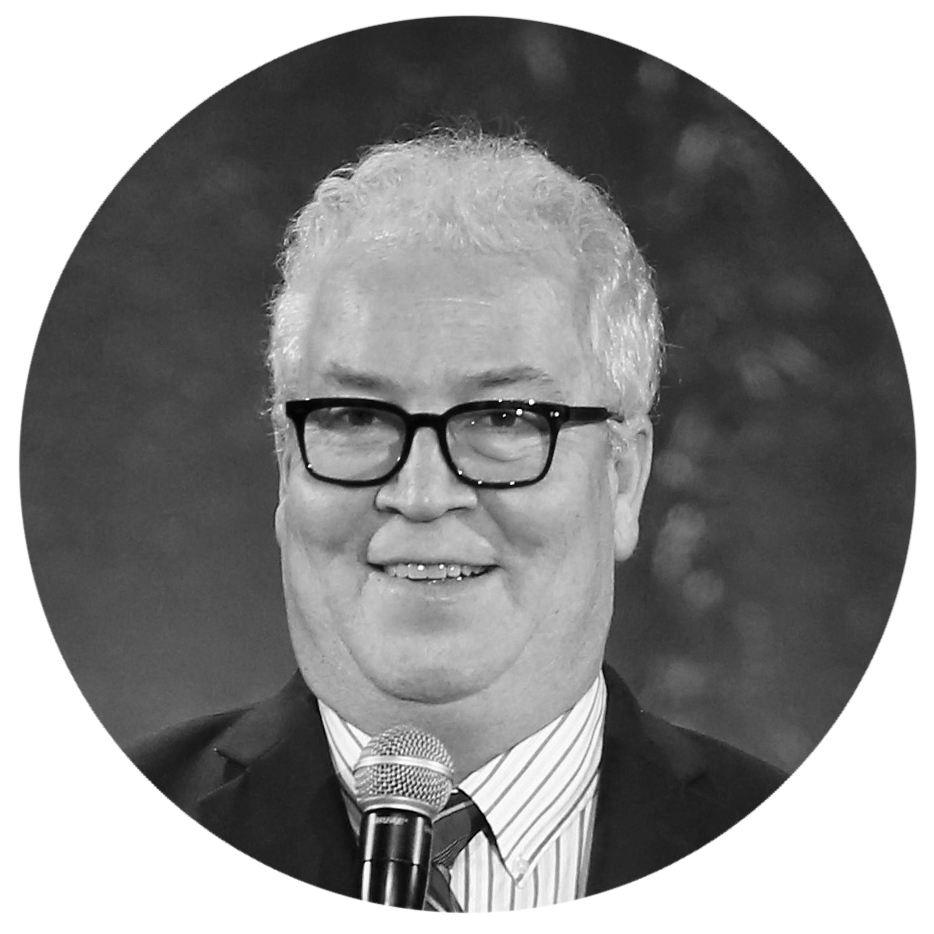
Inspirational and aspirational design have been a hallmark of public projects across the United States. The Art Deco towers of the Golden Gate Bridge, the soaring modernism of the TWA terminal at JFK Airport, the Highway Beautification Act to enhance the nation’s roads — all relics of an age when our infrastructure told stories that boldly declared what Americans stood for as well as what we hoped to become. However, many of today’s projects simply “solve a problem” and focus strictly on utilitarian considerations with barely a nod to aesthetics or inventiveness, while we see others engaging preeminent designers to create public spaces with innovative and iconic architecture, art and landscaping. I lead teams that create immersive environments for millions of guests around the world, and our destinations are vibrant social spaces where people come together to be enriched by shared experiences. Whatever we’re building, we go beyond function to create a tangible sense of place and aspiration. I believe that this design tenet should apply to visible infrastructure. As Americans, we value innovation and creativity. We seek to celebrate our collective heritage together. We also look to the future and yearn to be more than we are today. Shouldn’t the structures that surround us tell aspirational stories of who we are, now and for future generations?
Weis is president of Walt Disney Imagineering
John Zimmer
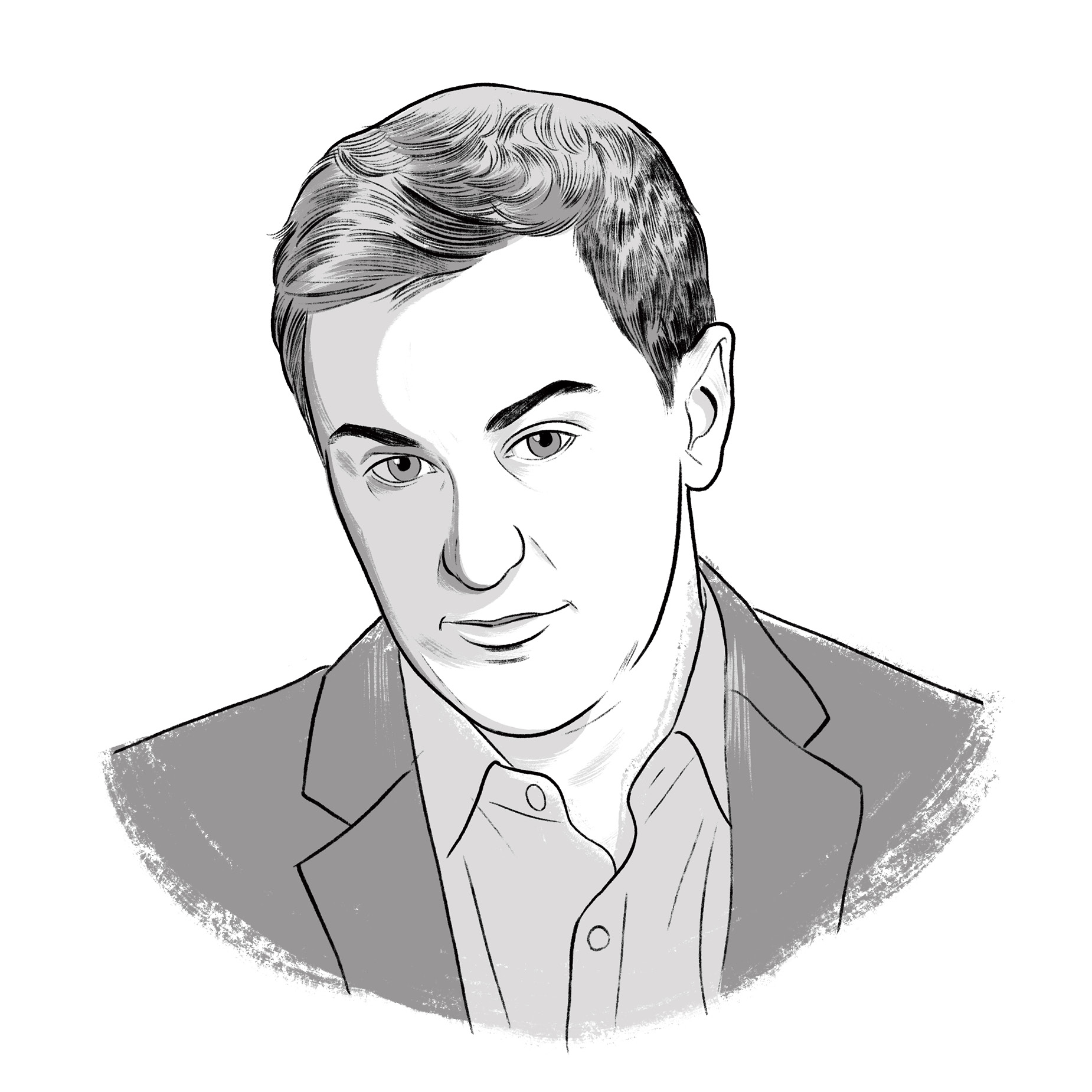
Let’s end traffic in America. Doing this would drive economic growth and enhance quality of life. Every year congestion leads to $160 billion in lost productivity and added fuel costs. This can be fixed by implementing smart lanes with a universal free carpool and dynamic pricing, freeing money for parks, road repair and making our streets more bike- and pedestrian-friendly.
Zimmer is the co-founder and president of Lyft
More Must-Reads from TIME
- Donald Trump Is TIME's 2024 Person of the Year
- Why We Chose Trump as Person of the Year
- Is Intermittent Fasting Good or Bad for You?
- The 100 Must-Read Books of 2024
- The 20 Best Christmas TV Episodes
- Column: If Optimism Feels Ridiculous Now, Try Hope
- The Future of Climate Action Is Trade Policy
- Merle Bombardieri Is Helping People Make the Baby Decision
Contact us at letters@time.com